|
Lychen-2 Himmelpfort Sonderwaffenlager T-7 4001 Code name "Fichte" |
||
|
|
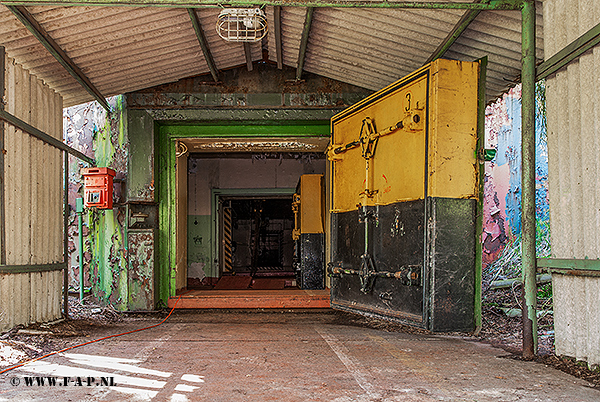 |
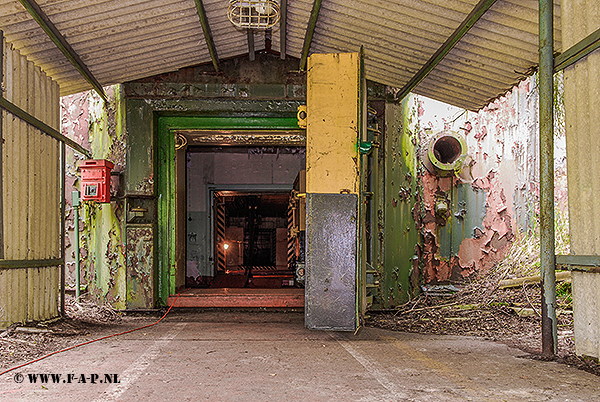 |
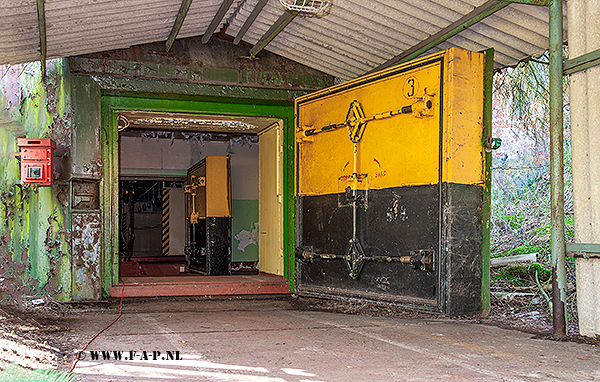 |
|
|
|
|
|
|
|
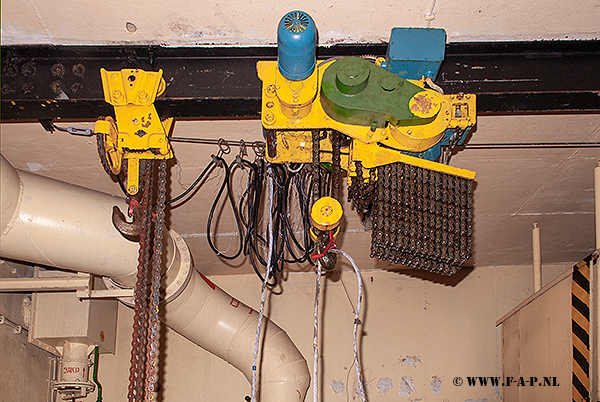 |
|
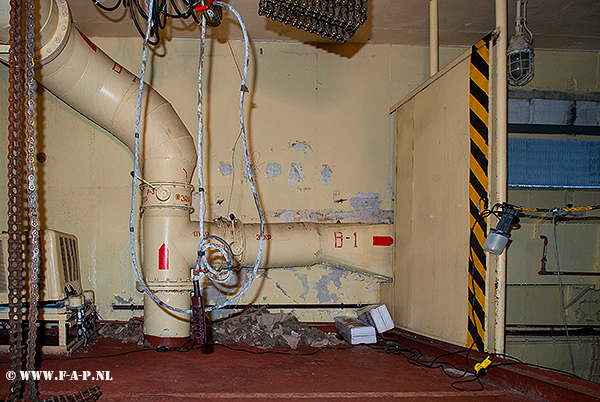 |
|
|
|
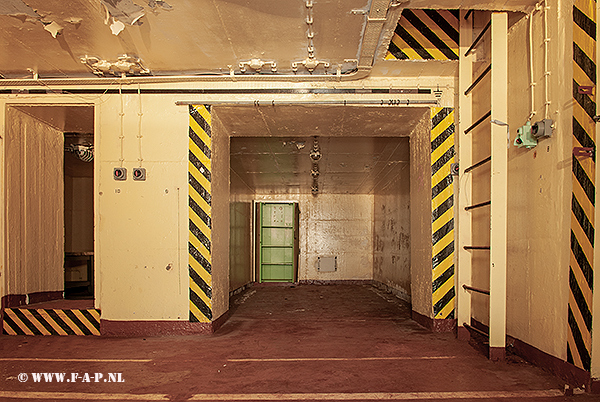 |
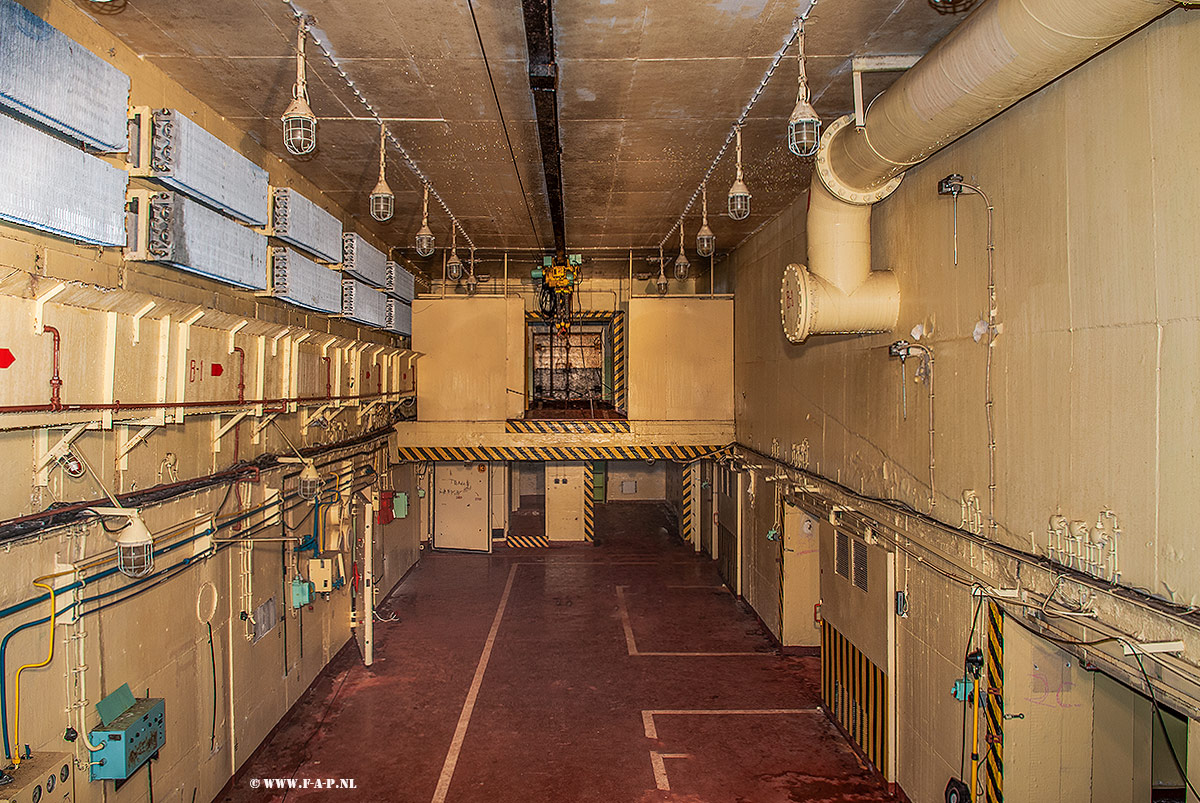 |
|
|
|
|
|
|
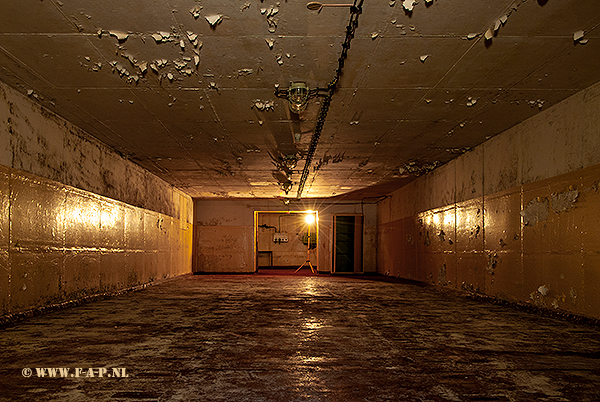 |
|
|
|
|
|
|
|
|
|
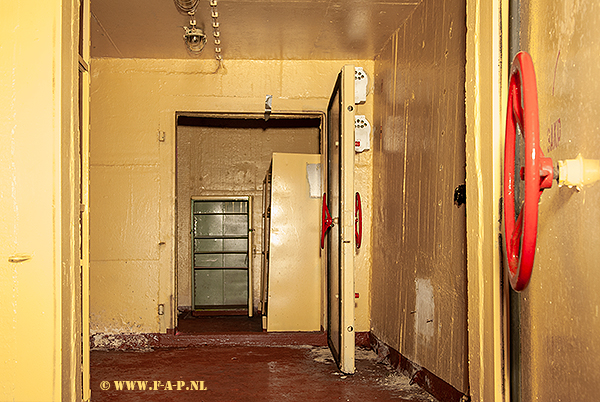 |
|
|
|
|
|
|
|
|
|
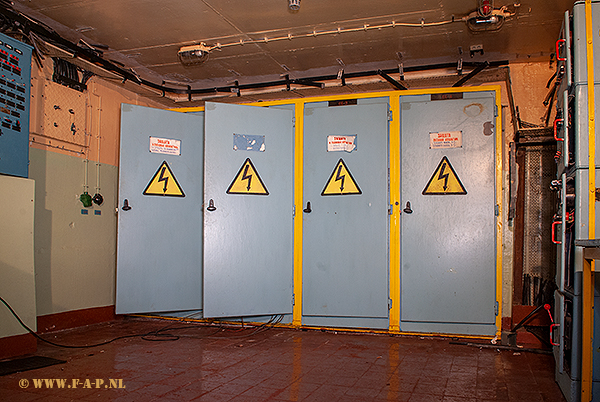 |
|
|
|
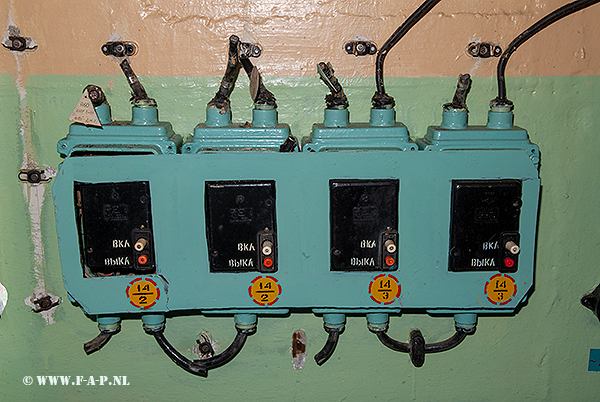 |
|
|
|
|
|
|
|
|
|
|
|
|
|
|
|
|
|
|
|
|
|
|
|
|
|
|
|
|
|
|
|
|
|
|
|
|
|
|
|
|
|
|
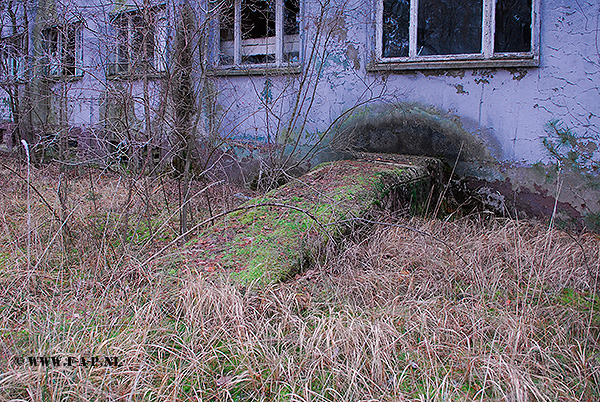 |
|
|
|
|
|
|
|
|
|
|
|
|
|
|
|
|
|
|
|
|
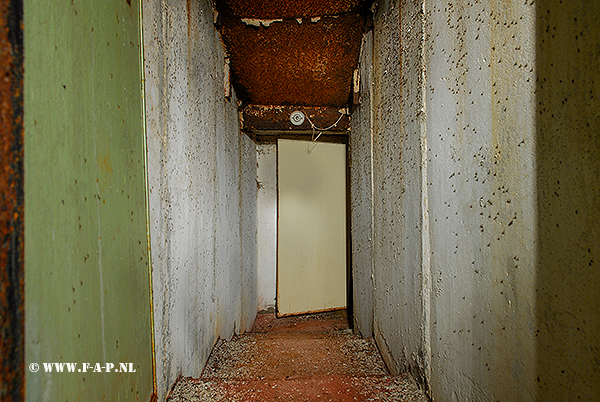 |
|
|
|
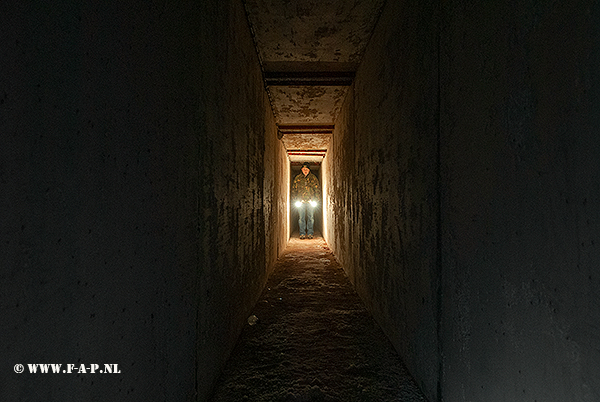 |
|
|
|
|
|
|
|
A secret tunnel from the living area to the Nuclear storage bunkers.
|
|
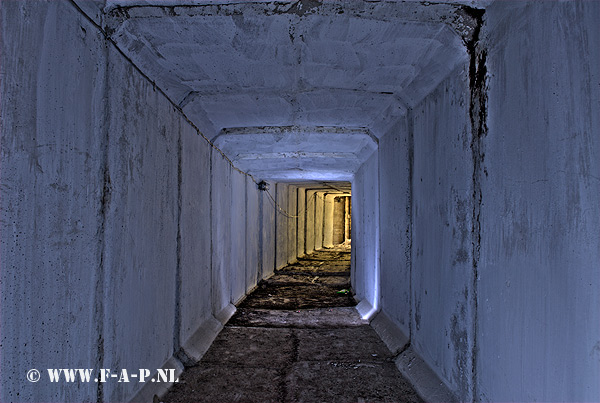 |
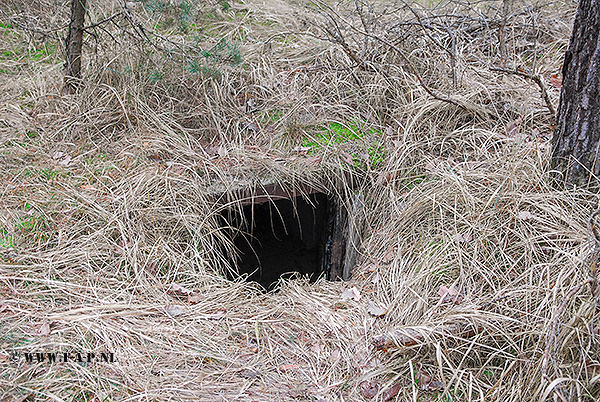 |
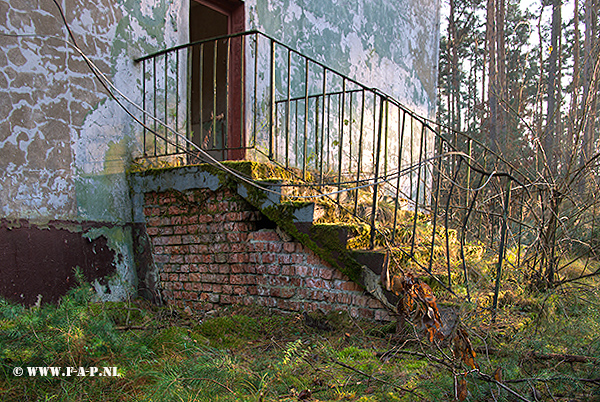 |
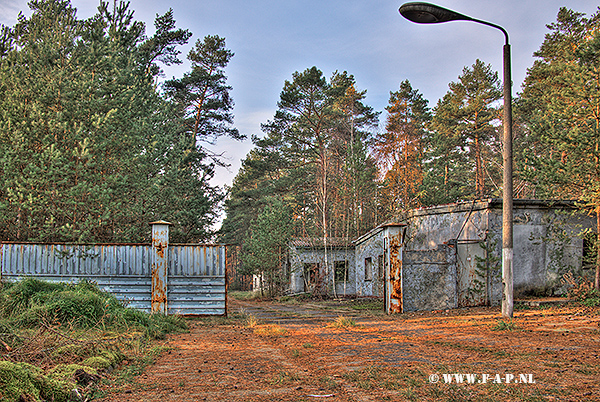 |
|
|
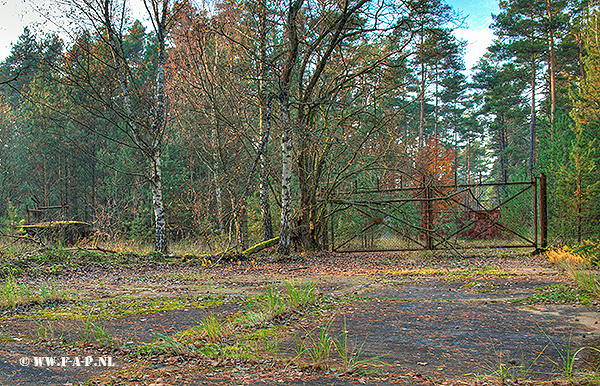 |
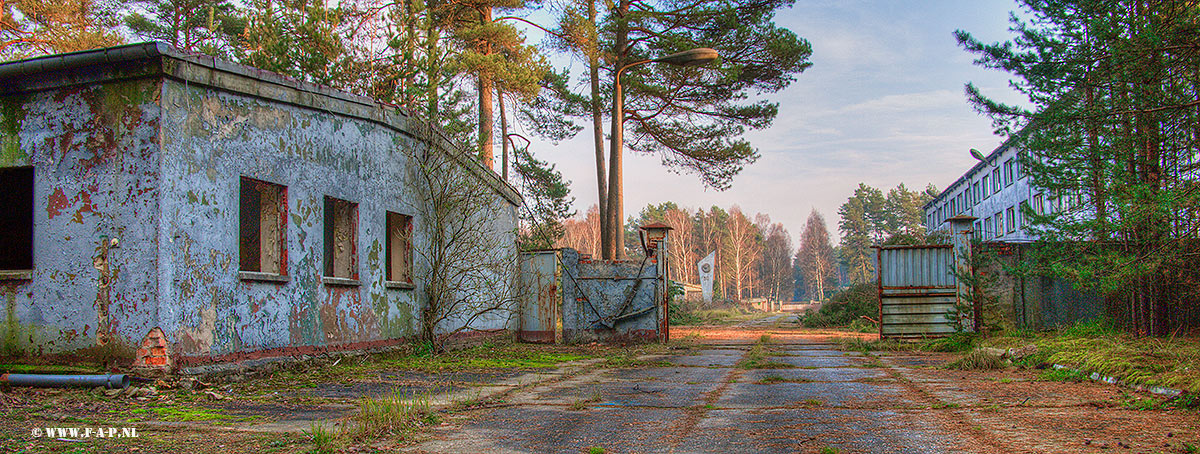 |
|
|
|
|
|
|
|
|
|
|
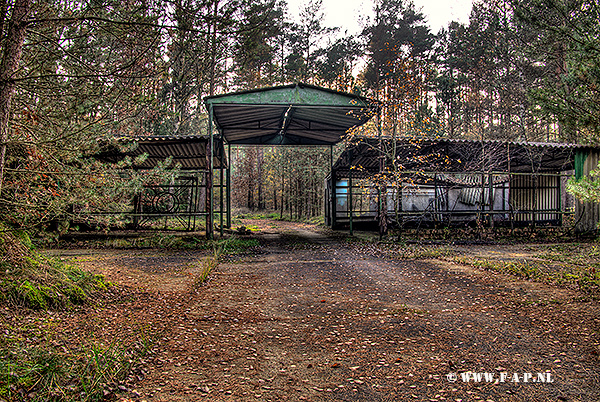 |
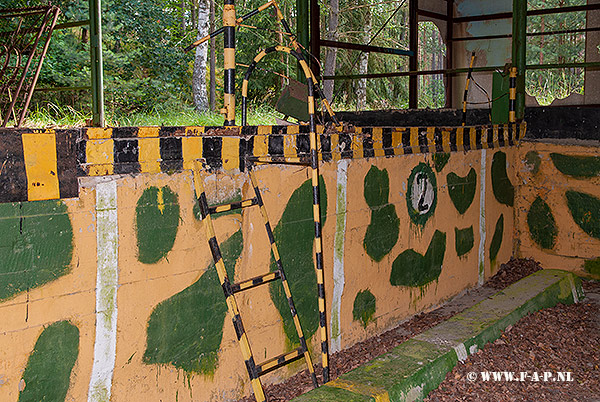 |
|
|
|
|
|
|
|
|
|
|
|
|
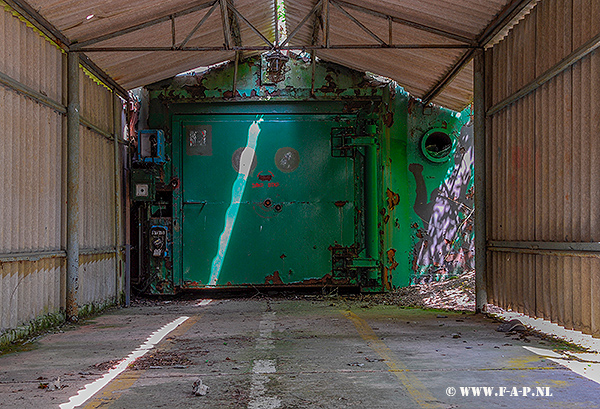 |
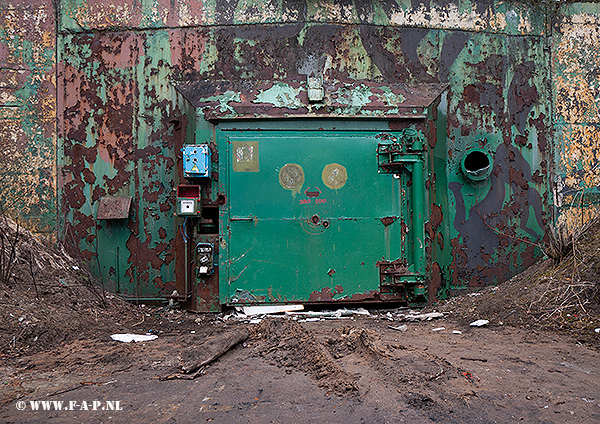 |
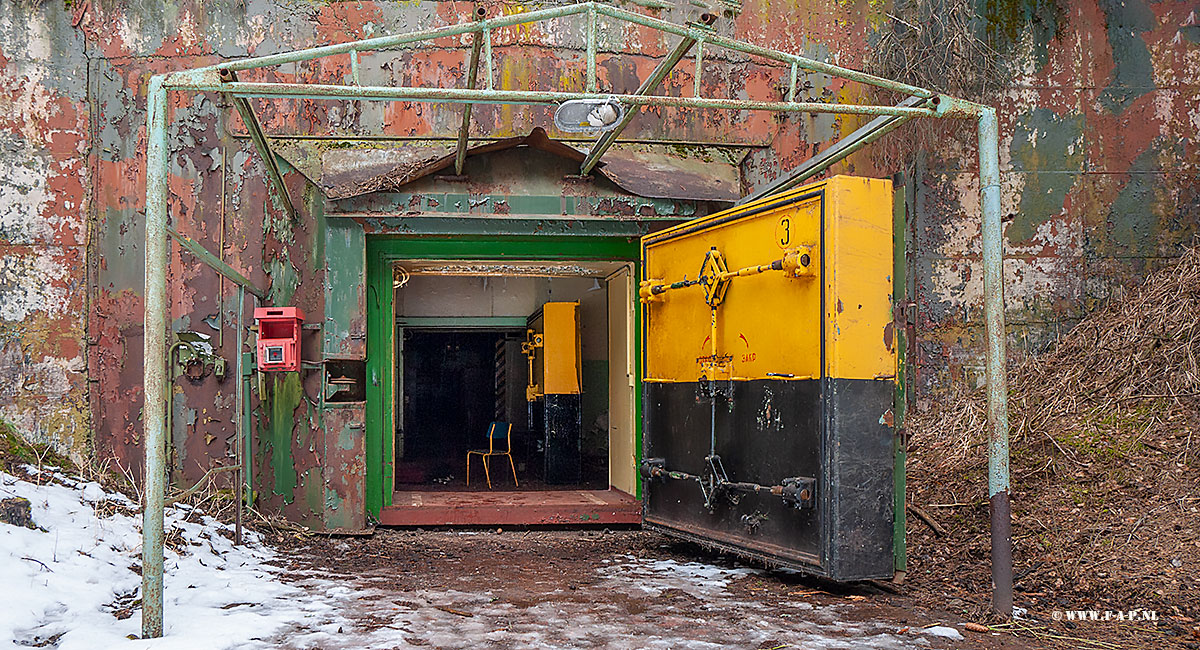 |
|
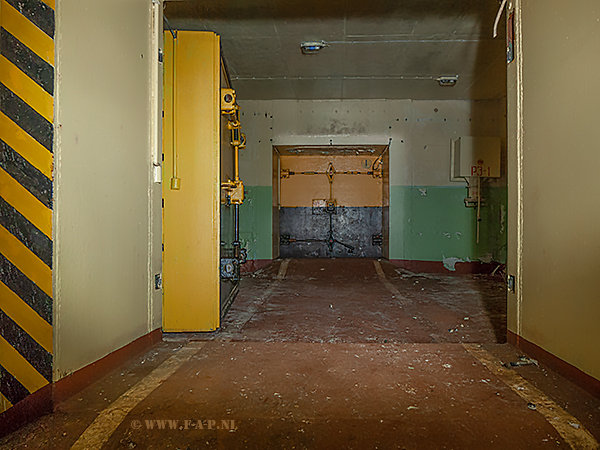 |
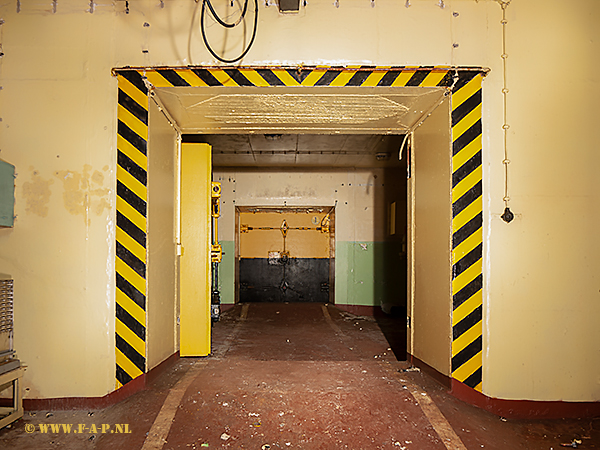 |
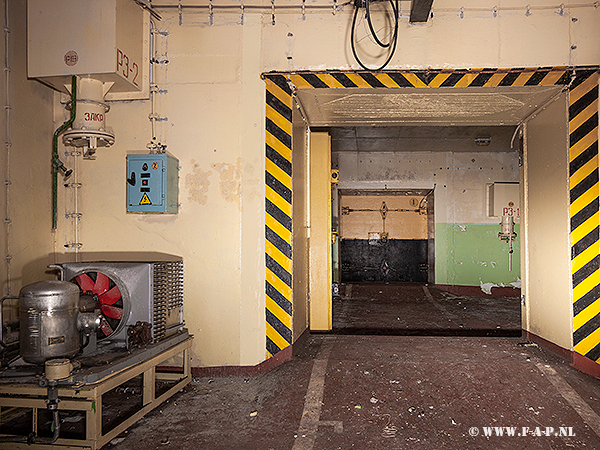 |
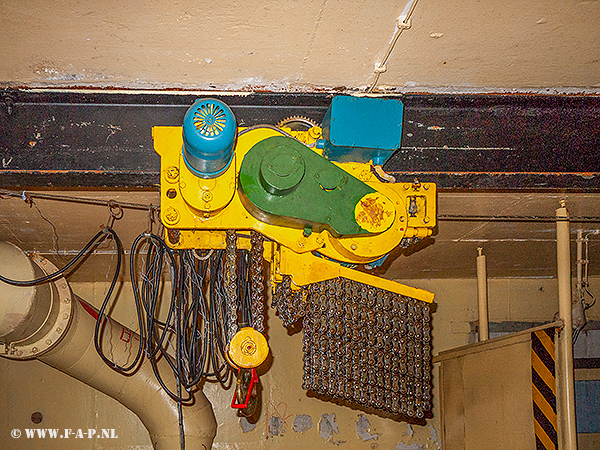 |
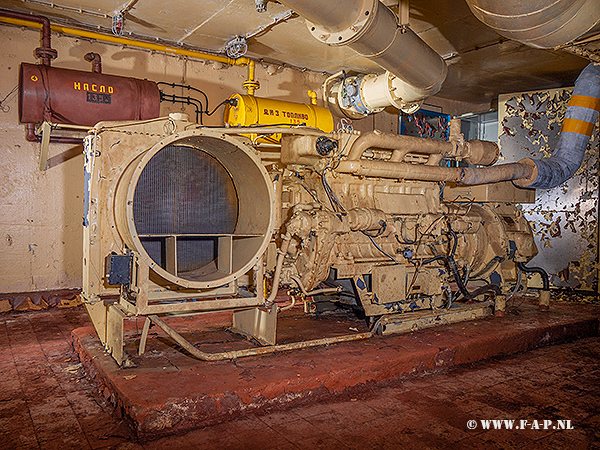 |
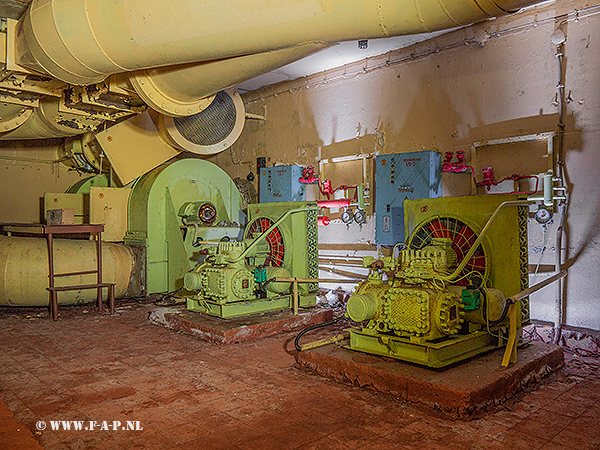 |
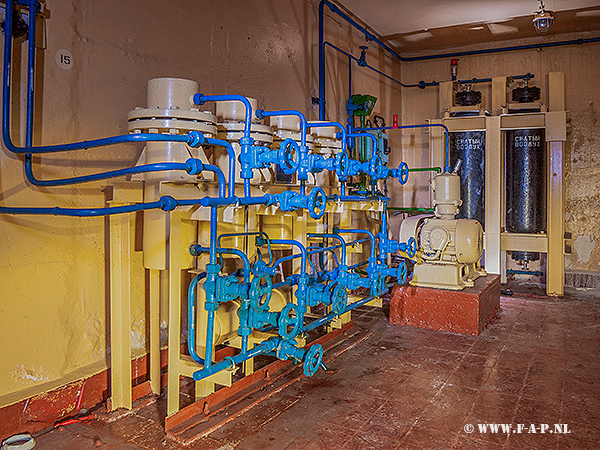 |
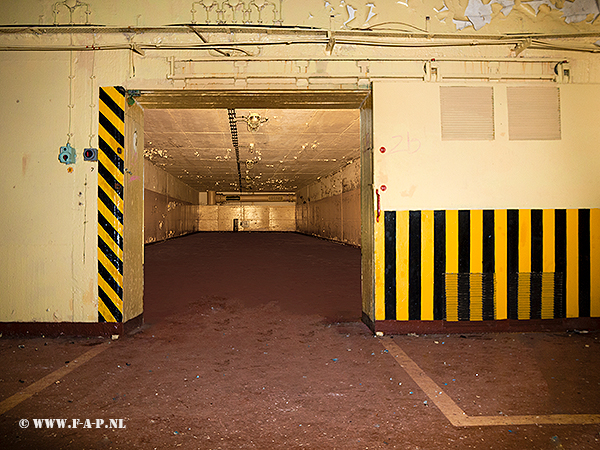 |
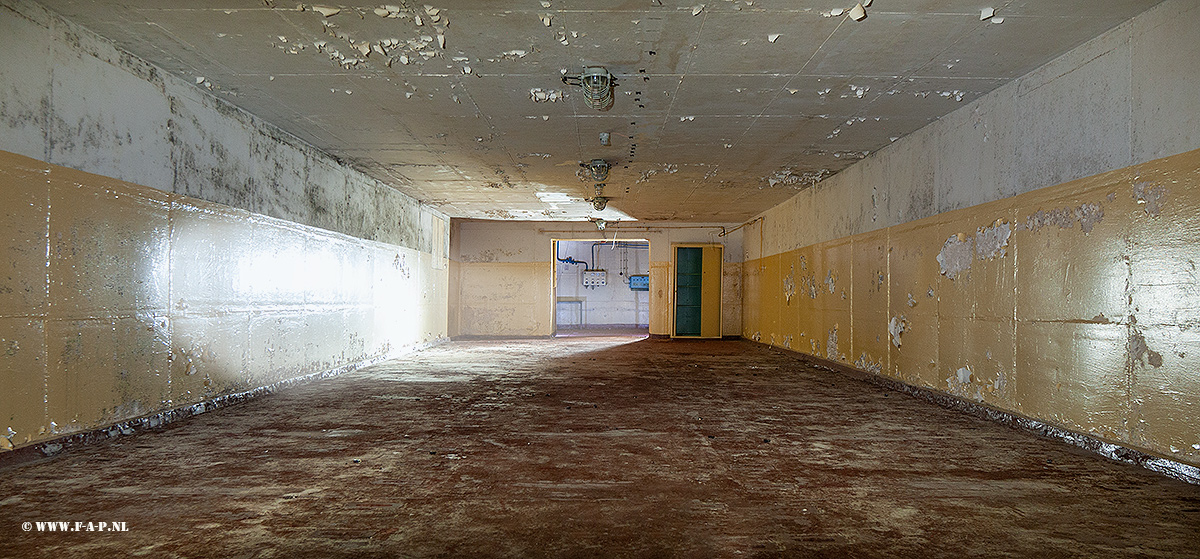 |
|
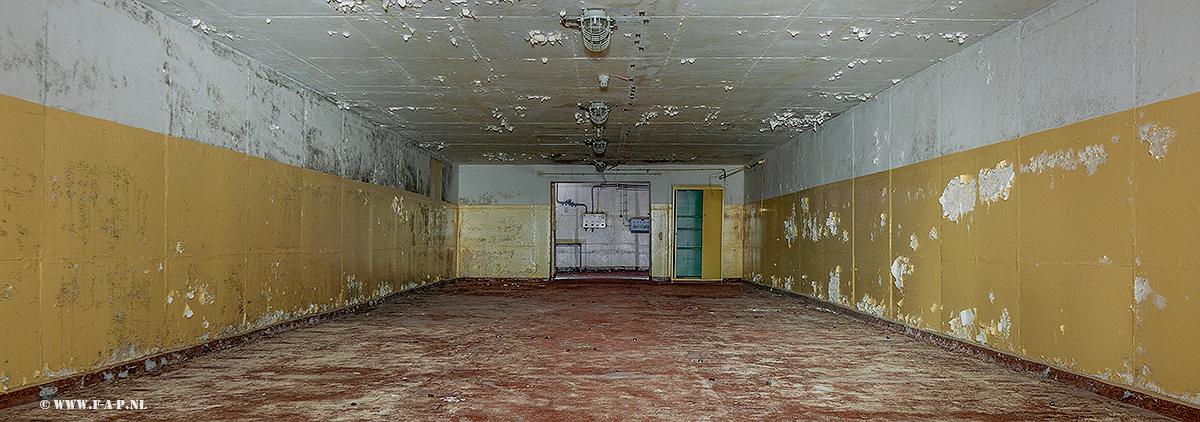 |
|
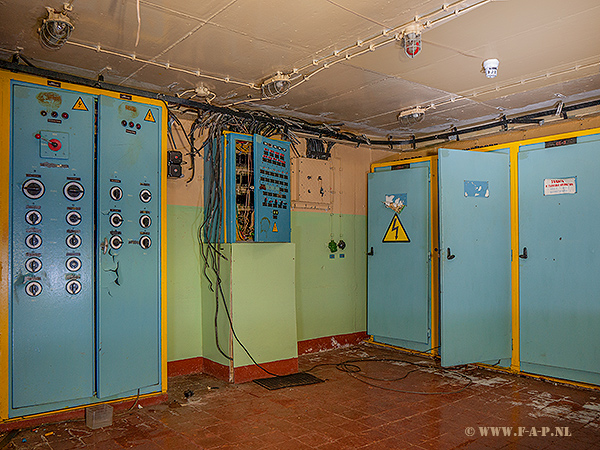 |
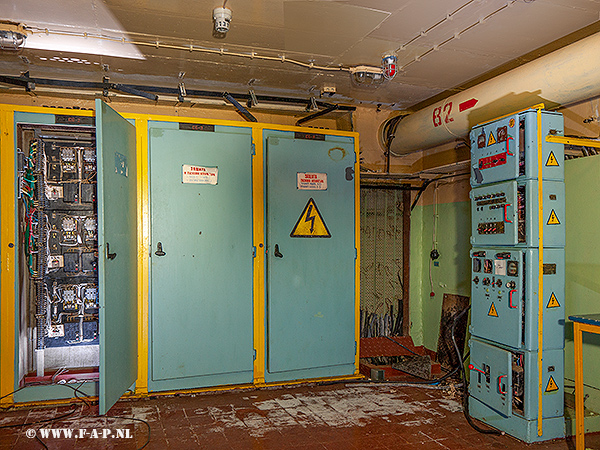 |
|
|
|
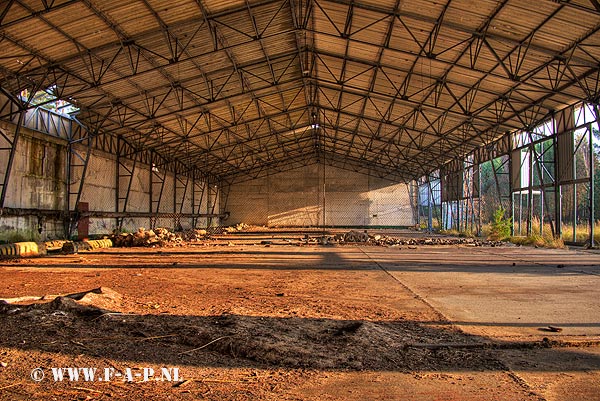 |
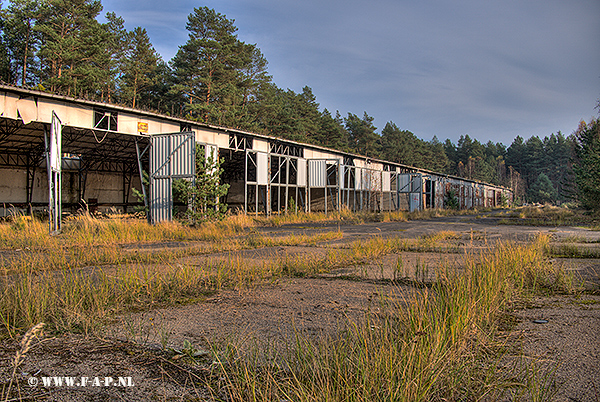 |
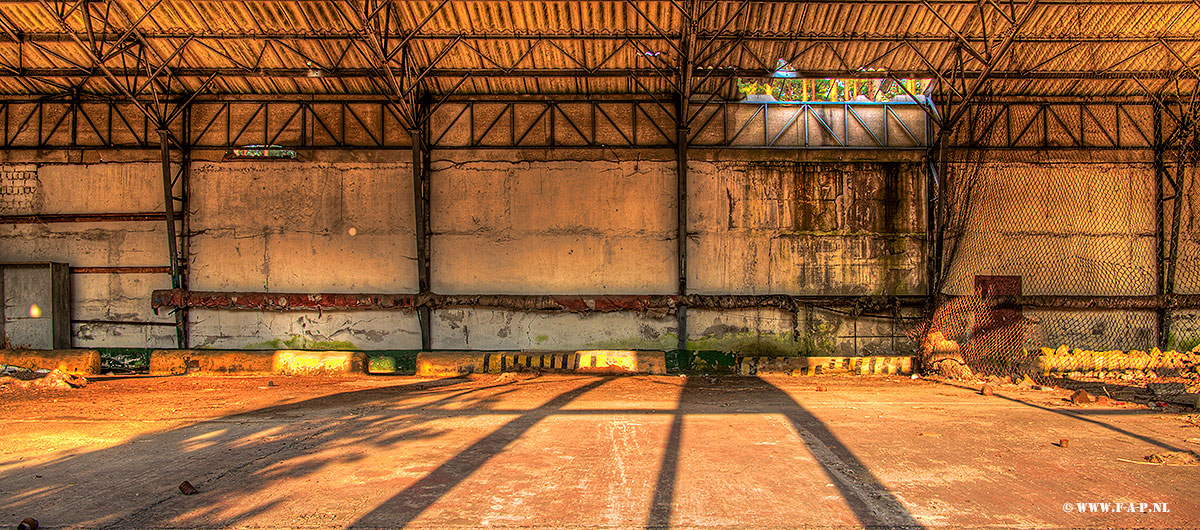 |
|
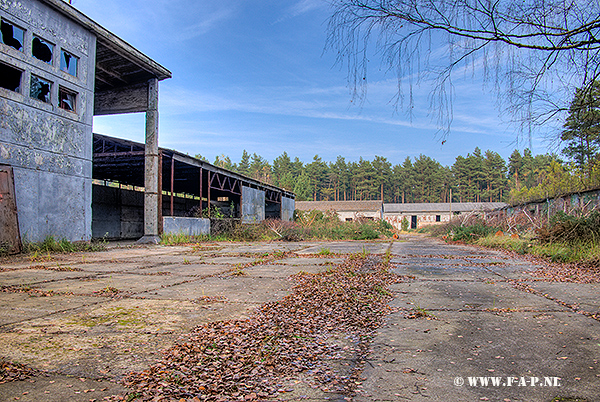 |
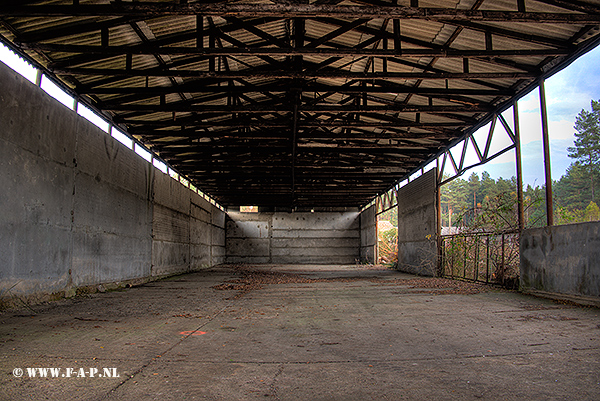 |
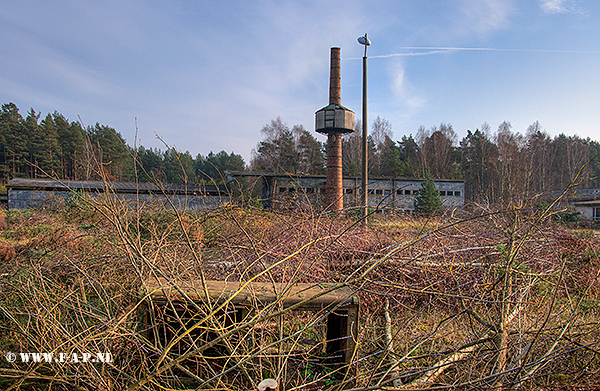 |
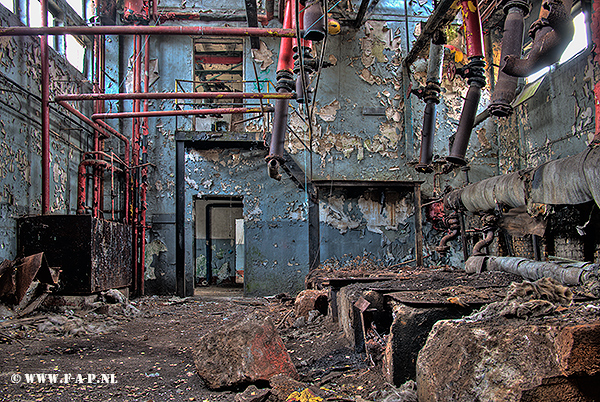 |
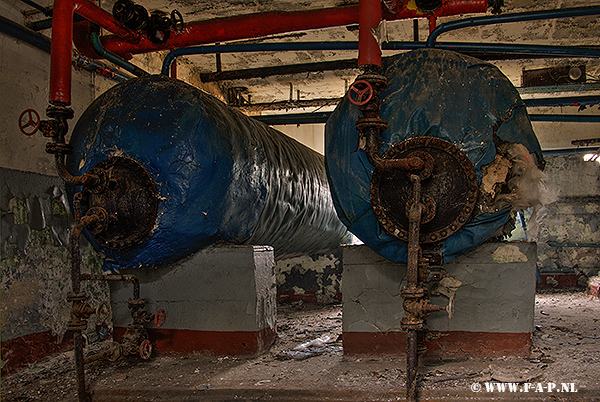 |
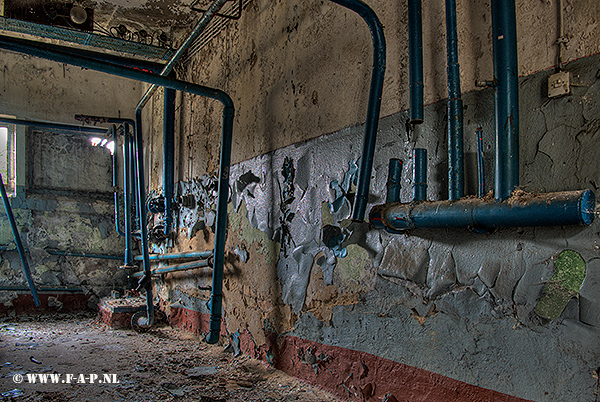 |
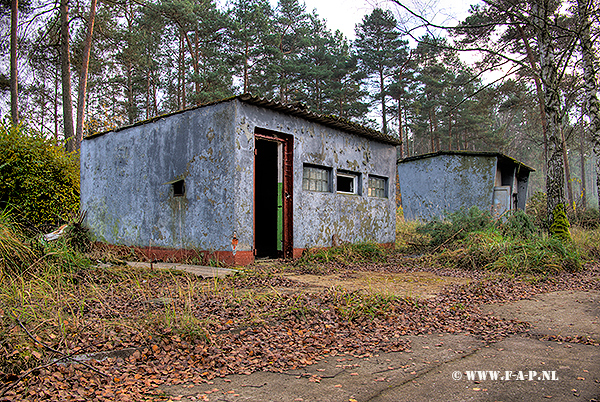 |
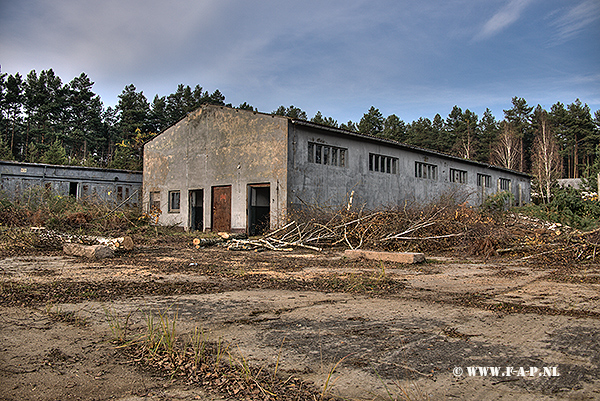 |
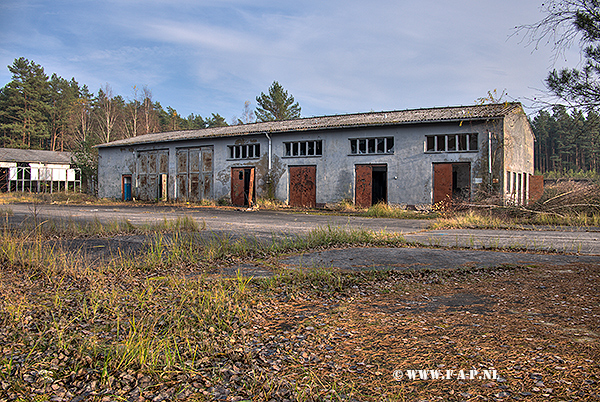 |
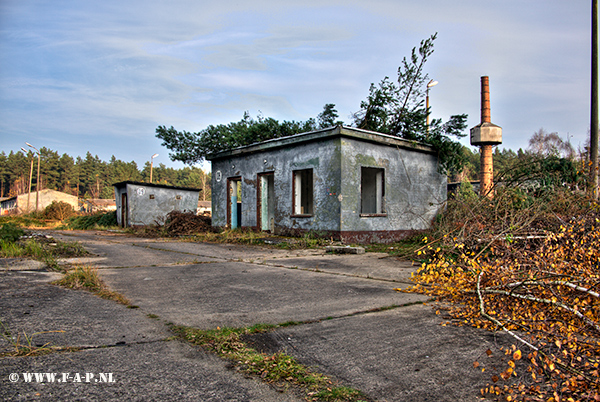 |
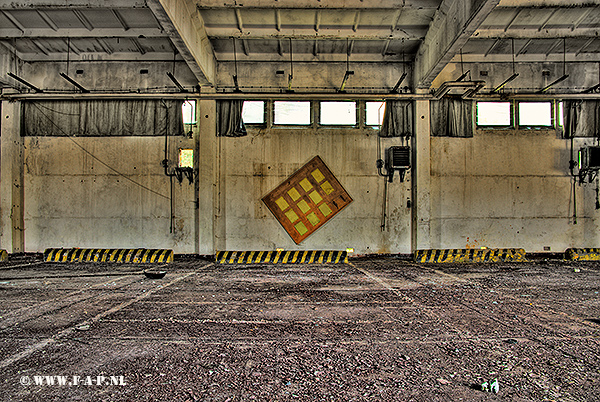 |
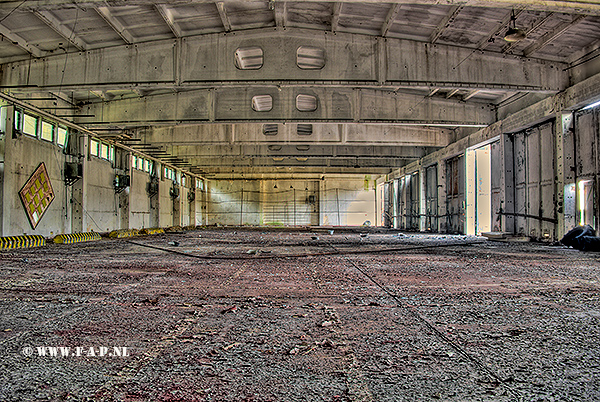 |
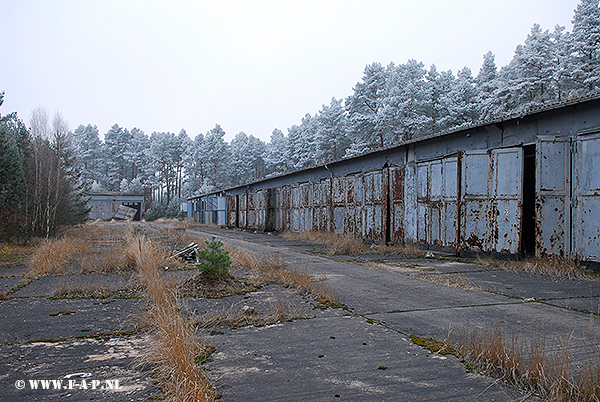 |
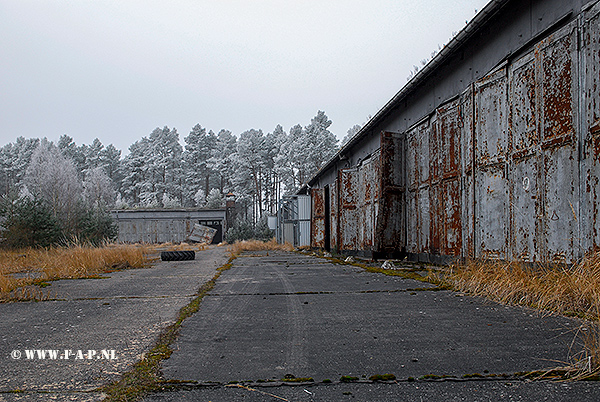 |
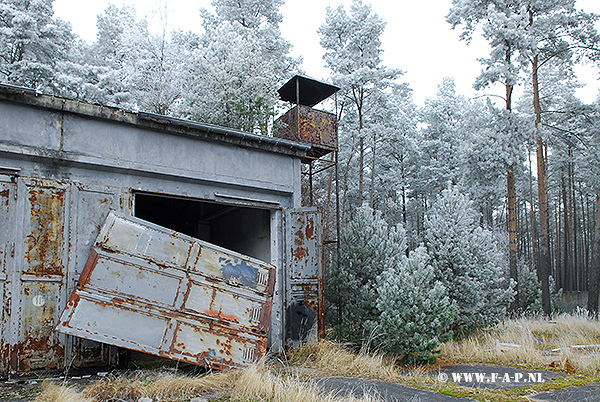 |
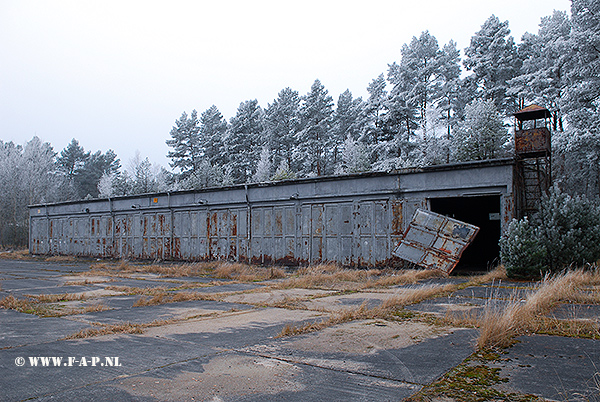 |
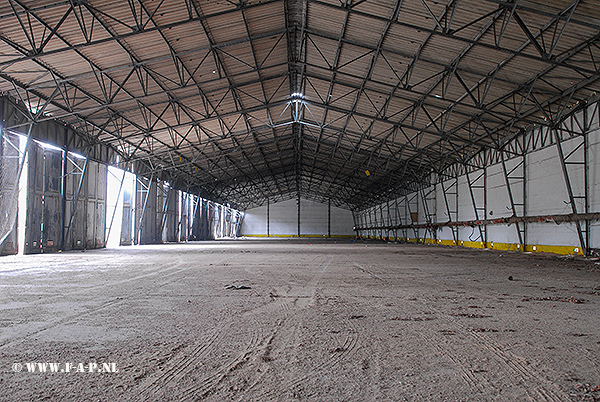 |
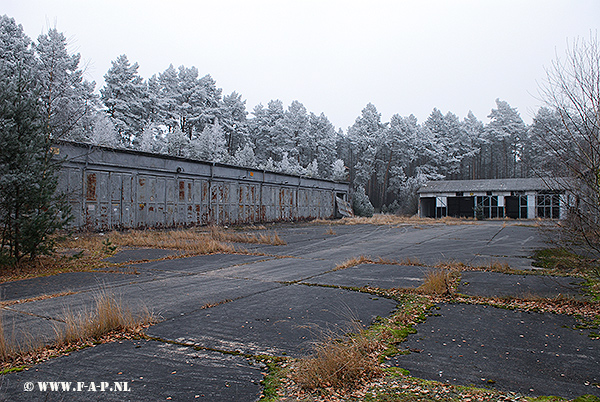 |
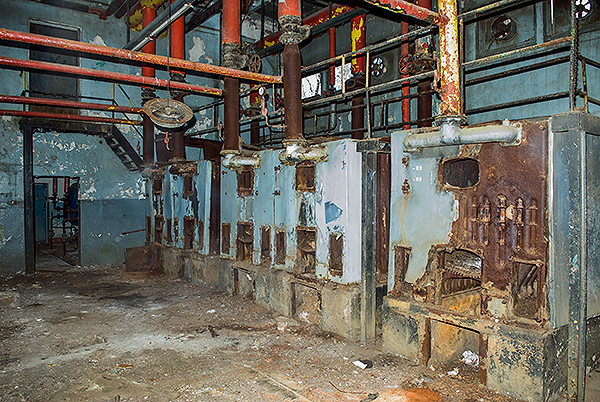 |
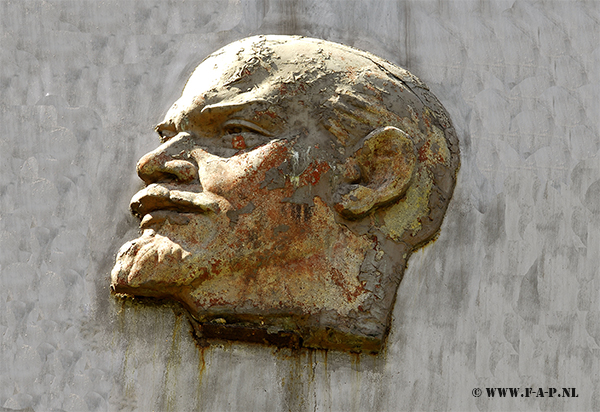 |
|
|
First
of all, I do not believe the stories about hundreds of missiles and their mobile
launchers kept at the base years ago. The base is not that big to
accommodate that bunch of rocket equipment and stuff. I do believe that
the base was a place to store and maintain the warheads and auxiliary
equipment required for the Soviet Rocket Troops and Air Force disposed in
the DDR by that time. When I was there I did not see ANY sign of heavy
tractors or other associated equipment. So, when you drive/come to the
base the first thing you can see is a check point building. This is Check
Point I. The guard (there were two guards on shift) stops you there, asks
you about the purpose of your visit, checks your documents and notifies
the base duty officer about your visit. Upon permission, you drive in.
While you are driving to Check Point II, you can see the living quarters
for the base officers and the members of their families. You can also see
a small guest house (hotel) for persons on business trips, VIP and
inspection officers. You get to the fenced area with large gates. This is
Check Point II. The guard checks your documents again and lets the duty
officer know about you. Upon permission, you drive in. This is a Living
Area. At the left, you can see a stadium, obstacle zone and a huge
building. The building accommodates a gym, library, training rooms for
sergeants and senior soldiers and a small café for soldiers and
sergeants. At the right, far off, you can see warehouse structures for
foodstuff, uniform, construction materials and other stuff; close to you
there is a boiling plant (heating station) with coal storage area. Then
another huge building goes which accommodates a club/canteen for officers,
cinema, grocery store, shop and a post office. Behind the building there
are drill field, podium for the base command and another building with
training rooms inside. Then, at the left, you can see another building
accommodating the military barracks, communication centre, canteen for
soldiers and sergeants (for cold seasons), headquarters and small hospital.
In the basement, there are storages for uniform, boots, beddings and other
stuff. There are also shower cubicles for soldiers and sergeants. Behind
the building there are another canteen for soldiers and sergeants (for
warm seasons), small underground storage for vegetables and stuff, and a
small bomb shelter. At the right, in front of the building, there are rows
of open and closed shelters (garages) for heavy duty trucks and special
vehicles, workshops, vehicle wash facility, and a gas station. By that
time, we had URAL-375 trucks (6x6), ZiL-131 trucks (6x6), GaZ-66 trucks
(4x4), few Uaz-469 cars (4x4) and some special vehicles like truck cranes
(mounted on URAL-375 chassis), communication vehicles
(mounted on ZiL-131 and GaZ-66 chassis) and mobile command centres
(mounted on URAL-375 and ZiL-131). Then you drive to another fenced area
with large gates. This is Special Secured Technical Area. When you drive
in, you can see three rows of barbed wire fencing and special exclusion
zone. One of the fences was an electrical (high voltage) security fence (to
be used under emergency conditions only). Two other fences were equipped
with special sensors which transmitted a signal to the control panel
immediately in case of any penetration attempt of intruder. The control
panel is located in the guard house (you can see it at the right). Then
the small building goes (training rooms for guards). The entire perimeter
of the Special Secured Technical Area is surrounded with the continuous
trench equipped with fire positions for the guards and soldiers of the
base security platoon. If required, all people available could go to the
trench, occupy fire positions and fire an enemy. The trench was connected
with the headquarters building by an underground tunnel. You drive on, and
here (at the right and left) you can see the fenced area with two huge
underground bunkers. Another gates and gun turrets on the corners of this
special zone. This is warhead storage. One guard per bunker, 2 hrs shift,
touch-sensors around each bunker so that the officer sitting in the guard
house can see on the display the status of the guard (walking, idle or…dead
(!!).
Soldiers and sergeants have the access to the front gate (door) of
the bunkers only. All operations with warheads and stuff are performed by
means of officers and warrant officers. During the war games, soldiers and
sergeants drive the heavy trucks to the doors, get them ready for loading
with warhead canisters and wait outside. As soon as the canister is ready,
it is lifted from the underground storage to the upper platform of the
bunker (balcony) and then soldiers grab the canister and push it inside
the truck, fix it there by means of u-bolts and cables and drive the
loaded truck outside the special zone escorted by an officer. Then the
trucks make a convoy and go to the point of designation. For the
maintenance and/or repair, operations with the warhead canisters are
performed in reverse order. The base was under the direct supervision and
command of one of the Moscow General Headquarters Departments, that is why
we, as they say, worked hard but played hard, too. Many thanks,
©
Yura. Lychen-2 near Himmelpfort the T-7 4001 They
where some of the most guarded and concealed installations from the Cold
War times. The Camp was concealed by a big fence. Inside was a living area
and a place for the equipment like: SS-1C-Scud-B Yedinichka, SS-21_Totschka
and SS-12 Temp. (alone the NVA hat 252 Mobile launch platforms and
the Russian the multiple.)Inside the camp was at an inconspicuous
place, with another well closed area.A big wall is surrounding this
compound inside another fence with high tension thread.In this area are 2
Bunkers, each could contain 90 nuclear warheads. If
the front gate opened, Moscow knew but when the 40 cm thick door opened,all
kind
off alarms went off. To prevent this the
personnel used a separate tunnel from the officer mess, underneath the
fence near the bunkers to avoid that the alarms went off. Through
the years of the Cold War security services where very interested in this
places. They are very hard to find.Most of the time they are well
concealed in the forest.In those years there was no “Google Earth”.In
the 1960`s and 70`s the USAF had to fly in to the Warsaw Pack countries.With
a SR-71 or other spy Aircraft.You can imagine it was almost impossible to
find in those day’s. Now in the year 2007, if you know where to look,
it’s easy to find on Google.But to find for real is a complete other
story! The Russian had 31 nuclear storage depots in the DDR. 21 of them for
the Army with as well nuclear rockets and artillery shells.Two of them ”
The Rocket Brigades” are at Drachhausen and Oschats. The 5th Army with
more than 10 Rocket Brigades are at: Born, Altengrabow, Kochstedt, Wurzen,
Arnstad, Weißenfels,
Gentzrode, Neustrelitz, Jüterbog and Fürstenwalde.
Further
more there where 4 depots only for nuclear artillery shells at: Torgau,
Zeithain and Neuthymen. And 10 for the Air Force which are stationed near
4-10 km or on the airbases Nobitz, Altes Lager, Brand, Großenhain,
Finsterwalde, Groß Dölln, Lärz, Werneuchen, and Neuruppin. The territory of the former DDR was nuclear free
In
November 2011,
unfortunately the launched
the
demolition of
Lychen-2 All the buildings have been demolished, all the Bunkers are still there, but they are completely closed off In 2023
|
|
|
|
|
|
|
|
|
|
|
|
|
|
|
|
|
|
|
|
|